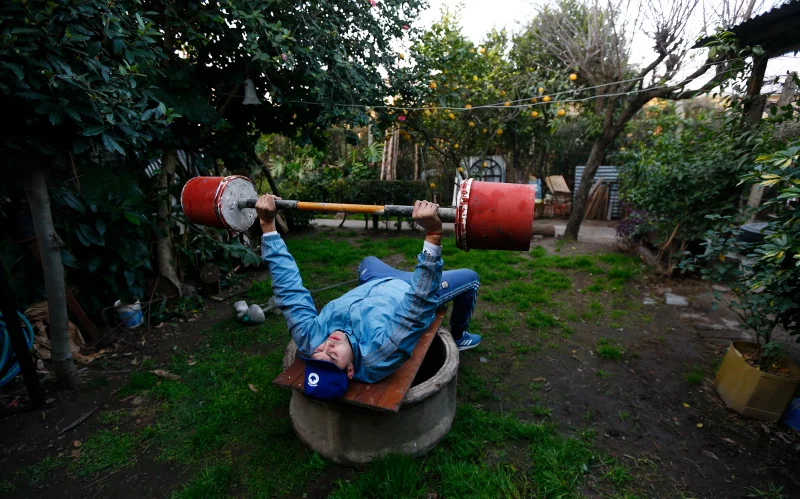All athletes dream of representing their country at the Olympics. All athletes dream of winning a gold medal for their country at the Olympics. How does an athlete prepare for an event that takes place once every four years and for many athletes is a once-in-a-lifetime opportunity?
The run up towards the Olympics hasn’t been an easy ride, with the postponement of the Olympics, and the on-going pandemic, many athletes have used unconventional ways to cope with the disruption in their training schedules. The one-year postponement has affected athletes differently. For some young athletes and athletes going through an injury, it has been a silver lining wherein they can gain momentum and achieve peak performance. For American runner, Colleen Quigley, the delay was a boon as she was suffering from injuries in 2019 and she used 2020 to get healthy and considers 2021 to be her prime Olympic year. Whereas for other athletes who thought about retiring after the 2020 Olympics, it has been a difficult journey of re-planning their training sessions and motivating themselves. Gymnastics superstar Simone Biles had planned to retire after the Olympics as her body cannot support the tough daily regime.
Athletes are generally adaptable since their training includes practising under pressure situations but most of their preparations are within a predictable context such as injury, poor weather, damage to equipment or delay in starting a match. Although heart breaking, athletes around the globe have supported the postponement of the Olympics, British swimmer and two- time Olympic medallist, Adam Peaty, stated that he was disappointed but the situation is bigger and more important than any of the athletes taking part in the Olympics. American runner and two-time Olympian Emma Coburn tweeted that, “Our dreams aren’t cancelled, they’re just postponed.” It has truly been inspirational to see athletes adapt mentally and physically to the sudden shift in training and competition goals.
Let’s take a look at how athletes around the world adapted to the postponement of the Olympics and the innovative ways in which they trained despite the on-going pandemic.
Ace shuttler, P.V. Sindhu made sure she did a lot of shadow practice and video calls with her coaches. She got lots of rest and also learnt things apart from badminton. Shooting star Manu Barker updated her in-house shooting range to cope with the closing of her training ground. Star wrestler Bajrang Punia, didn’t miss a single day of training despite his coach flying back to his home country, he bought a small wrestling mat to practice at his home in Jhajjar. He also stated that he used this time to introspect and analyse his techniques and sharpen them. Argentinian boxer Yamil Peralta bench lifted weights made of cement in the backyard of his home. Rio double gold-medallist swimmer Lilly King swam in a local pond to substitute for the closure of her training pool.
Athletes have been able to show a true class of resiliency over the past year. U.S Wheelchair Rugby team captain, Joe Delagrave, rightly stated that he tries to control what he can in this situation and bringing an adapt-or-die type of mentality.
That is the mantra for success – Adapt or Die.
Photo Details – Argentinian boxer, Yamil Peralta, training at his home with weights made of cement (Marcos Brindicci—AP).












